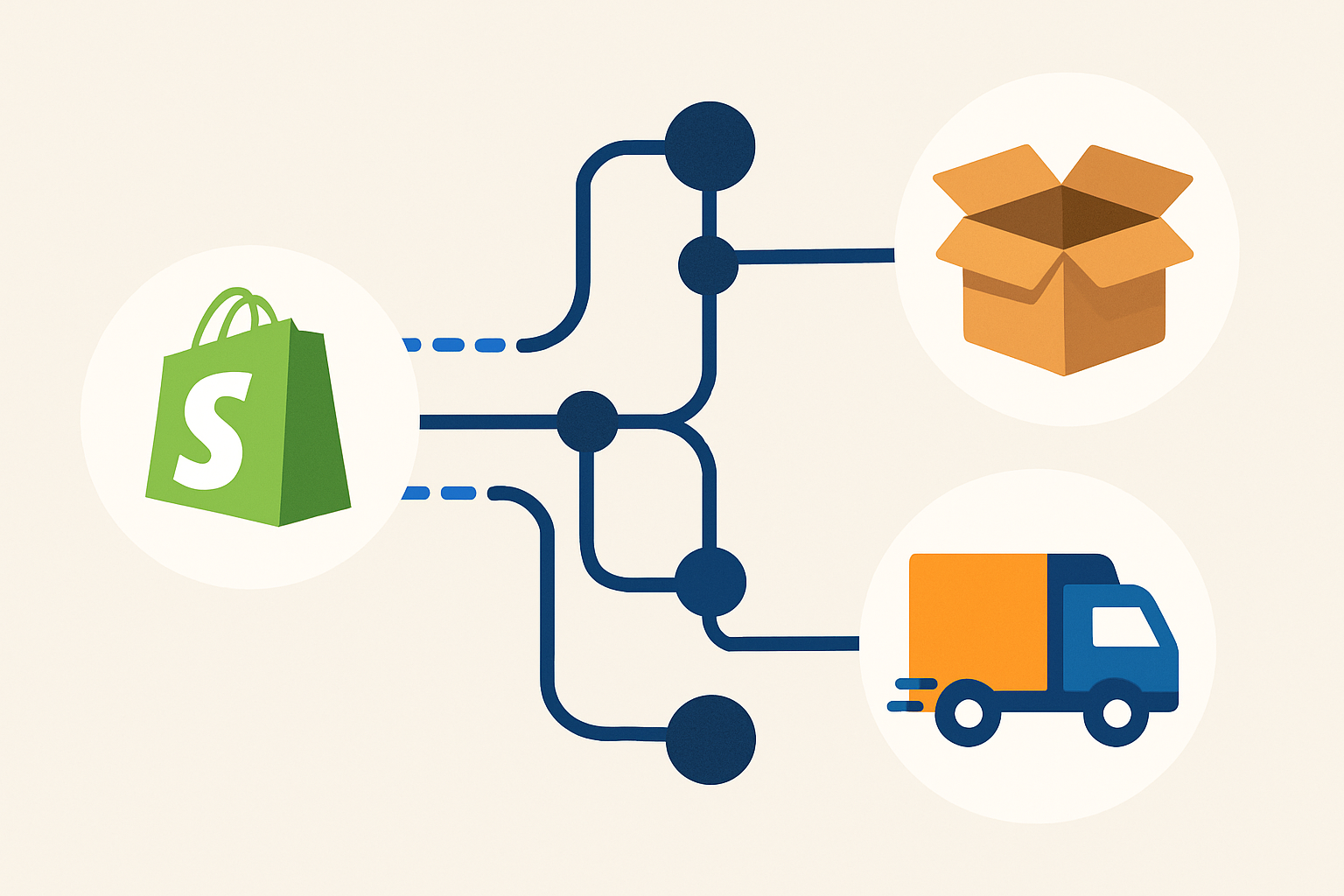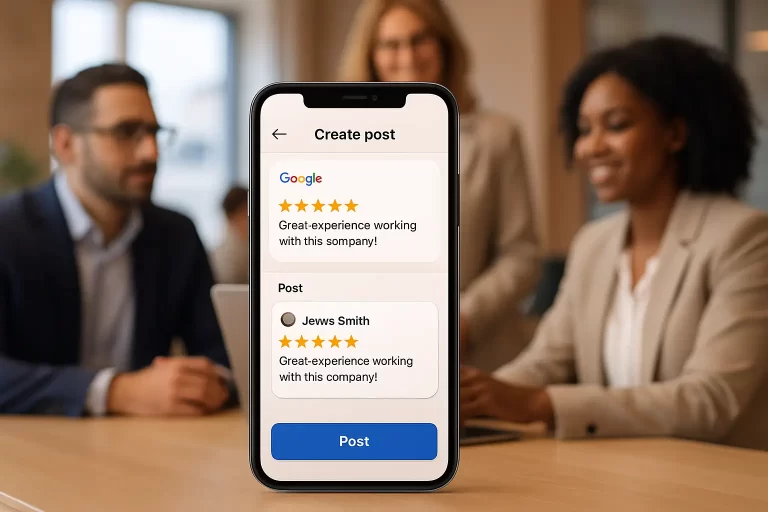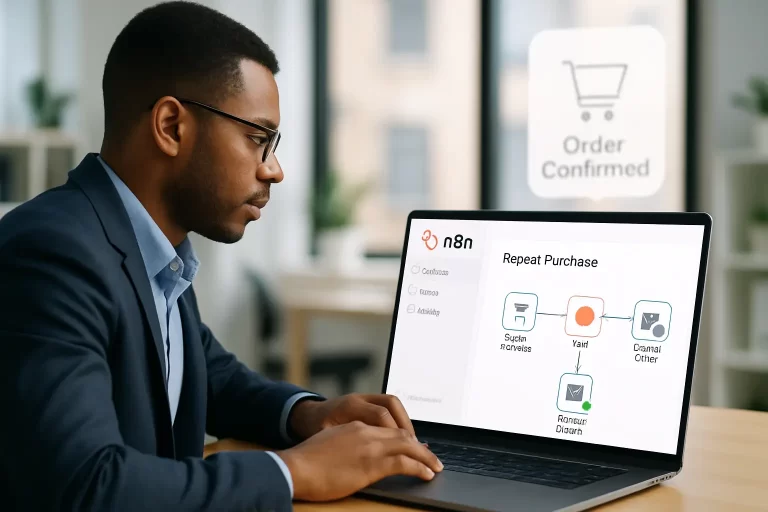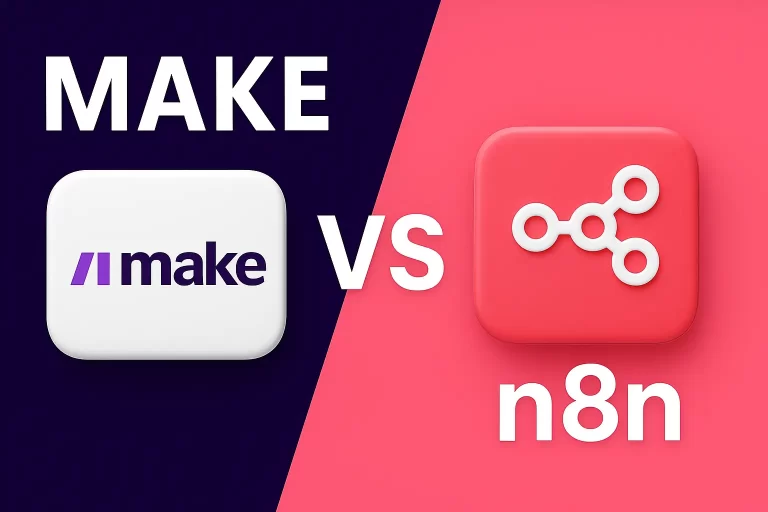Running a thriving Shopify store is exciting, right? But let’s be honest, as those orders start piling up, you might find yourself feeling a bit swamped by all the manual tasks, especially when it comes to getting those orders out the door. We’re talking about everything from printing shipping labels and keeping your inventory updated to letting customers know their package is on its way. These steps can really eat up your time and, frankly, open the door to annoying and costly mistakes.
If you’re nodding along and thinking, “There has to be a better way to manage this,” you’re not alone. Many store owners want to get their operations running more smoothly and free up time to actually focus on growing the business. And that’s exactly where learning how to automate your Shopify order fulfillment with a tool like n8n comes into play. It’s a fantastic way to improve your e-commerce workflow automation.
The Power of n8n Order Fulfillment Automation: Addressing Shopify Challenges
Think about the challenges many small and medium-sized Shopify businesses grapple with when doing fulfillment manually. I’ve seen it happen time and again. These issues can really slow things down and frustrate everyone involved.
Here are some common pain points:
- High error rates: It’s easy for mistakes to creep in when you’re manually entering data or copying addresses. Incorrect addresses, shipping the wrong items, or even completely missing an order can really upset customers and lead to expensive returns or exchanges. Studies consistently show that automated processes are much more accurate than manual ones.
- Delays and bottlenecks: Manually processing each order creates hold-ups, especially when things get busy during peak seasons. This means longer waits for your customers, which can definitely impact how happy they are with your service.
- Lack of scalability: As your order volume grows, simply hiring more people to handle manual tasks isn’t a sustainable solution. It gets inefficient and expensive quickly.
- Repetitive, tedious work: Let’s face it, manual data entry and constantly switching between different tools or spreadsheets is monotonous. This kind of work takes your team away from more creative and valuable activities that could help your business grow.
These challenges can seriously hold back your business’s growth and bottom line. Putting automation in place for your fulfillment process directly addresses these problems. It means less manual work for you and your team, much better accuracy, and overall, a more efficient operation.
And this is precisely where n8n steps in. n8n is a really capable low-code automation platform. What does “low-code” mean? It means you can connect different apps and services and build custom automated processes without needing to be a developer or write complex code. It’s much more flexible than some of those rigid, ready-made solutions you might find.
n8n connects smoothly with Shopify and literally hundreds of other services. This lets you build sophisticated automations involving multiple steps.
Picture this: the moment a new order comes into your Shopify store, the order details are instantly sent to your shipping provider, your inventory levels are updated in real-time, and notifications go out to your team and the customer – all happening automatically. That’s the kind of efficiency you get by using n8n for Shopify fulfillment.
Building Your Automated Shopify Fulfillment Workflow in n8n
Okay, so getting started with n8n to automate your Shopify fulfillment might sound a bit daunting at first, maybe even technical. But trust me, the visual workflow editor makes it quite accessible. You basically build your automation by connecting different blocks (called nodes) on a canvas.
Let’s walk through the basic steps to create a simple workflow that kicks off every time a new order is placed.
First things first, you’ll need to get your n8n setup ready. You can use their cloud service or host it yourself. Then, you connect n8n to your Shopify store. This is usually done using the Shopify node. You’ll typically need to grab some API credentials from your Shopify admin area and pop them into n8n to set up a secure connection. This is the core of the n8n Shopify integration.
Your workflow will always start with a trigger node. For our new order automation, the Shopify Trigger node is perfect. You set it up to listen specifically for ‘Order’ events, and specifically when an order is ‘Created’. This node uses something called webhooks – basically, Shopify sends a signal to n8n the very instant a new order comes in, which starts your workflow.
Once that trigger fires, the Shopify Trigger node automatically provides all the data about that new order. Pretty handy! Using nodes that come next in your workflow, you can pull out all the important bits of information you need, like:
- Who the customer is (their name, email)
- Where the order needs to be shipped (the shipping address)
- What items were ordered (SKU, how many, price)
- The total amount of the order
- Whether the payment went through
After you’ve grabbed the data, you might need to clean it up or reformat it slightly. You can use nodes like the ‘Set’ node for simple formatting or ‘Function’ nodes if you need to do more complex data changes. For instance, you might need to map the address fields from Shopify to match exactly how your shipping software expects them.
With the order data ready, you can then use n8n to interact with other services you use. Maybe you send the order details to a Google Sheet for tracking, add the new customer to your CRM, or, most importantly, send the order information directly to your shipping platform. You’d use an API node specific to your shipping provider (like ShipStation, EasyPost, etc.) to do this. By the way, did you know you can even automate correcting potentially wrong shipping addresses before sending them to your fulfillment partner? Check out this example workflow: automatically correct wrong shipping addresses.
Finally, once your shipping provider has processed the order and gives you tracking information, n8n can complete the loop by updating Shopify. Using another Shopify node, you can automatically mark the order as fulfilled, adding the tracking number and carrier information right into the order details. This entire flow, from the initial order trigger to updating Shopify with fulfillment status, forms the heart of automating your order processing.
Advanced Automation: Fulfillment Error Reduction and Enhanced Functionality
While that basic workflow handles the core process, you can make your system much more reliable and powerful by adding some advanced steps. One area that trips up many manual fulfillment processes is dealing with errors. Implementing strong systems for fulfillment error reduction is key.
A really powerful step here is adding automatic shipping address validation. This helps catch potential problems *before* you ship the order. You can connect n8n to external address validation services (there are many out there like Postcode Anywhere or SmartyStreets) using an HTTP Request node or a dedicated node if one exists for that service. You’d send the shipping address to the service for verification.
Based on the response you get back, you can use an ‘If’ node in n8n to decide what happens next:
- If the address is confirmed as valid, the workflow continues smoothly to fulfillment.
- If the address is flagged as potentially incorrect or invalid, you could automatically trigger an email to the customer asking them to confirm their address, or send a notification to your team to manually check the order. This prevents packages from getting lost or returned.
Handling fulfillment errors is absolutely crucial for building a robust system you can rely on. What happens if, for example, an item is unexpectedly out of stock when you try to process the shipment? Or if the payment that looked good initially later fails? Or if the shipping API you’re trying to send the order to returns an error? You need logic built into your n8n workflow to manage these situations. You can use ‘Try/Catch’ nodes or set up ‘If’ conditions based on the responses you get back from the services you’re interacting with.
Here’s the thing: if your shipping API comes back with an inventory error, your workflow shouldn’t just stop. It can branch off! This alternative path might involve sending an automated team notification (via Slack, email, or whatever tool you use) specifically mentioning the fulfillment error. This way, issues are spotted and dealt with quickly, preventing orders from getting stuck or overlooked. This contributes significantly to fulfillment error reduction.
Beyond error handling, n8n opens up possibilities to connect your fulfillment workflow with pretty much any other system you use in your business. Connecting to CRM systems means customer profiles get updated with their latest purchase history automatically. Integrating with accounting software can automate invoice generation or sales reports. You could also use n8n to automate sending personalized shipping updates to customers, going above and beyond Shopify’s standard notifications. This kind of CRM integration alongside your automated processes can really improve order fulfillment tracking and how you manage customer relationships.
These integrations help you cut down on manual data entry across your entire business. This doesn’t just save time; it can lead to real cost savings by reducing shipping errors and ensuring your inventory is more accurate. And if something does go wrong, n8n gives you error logs that provide valuable insights into what happened.
Boosting Your Shopify Business with n8n Automation
Putting n8n to work to automate your Shopify order fulfillment offers a fantastic way to manage your e-commerce operations. By automating those repetitive tasks, you dramatically cut down on manual work, minimize the chances of human error, and free up precious time for you and your team. What do you do with that time? Focus on smart, strategic initiatives that actually help your business grow! This type of order management automation really is crucial for scaling your business successfully.
What’s great about n8n is how flexible and scalable it is. As your business expands and your needs change, you can easily tweak your existing workflows or build new ones to bring in different services or handle more orders. The possibilities for custom automation are wide open – you can design processes that fit your business like a glove.
Feeling ready to take charge of your Shopify fulfillment and experience the benefits of automation firsthand? Why not give n8n a try? Start exploring its huge library of integrations and think about all those manual steps in your current process that could be automated. The official n8n documentation and their community forums are excellent places to learn more and get started. You can also find specific guides and examples of n8n Shopify integrations online. For example, here’s one showing an automatic Shopify order fulfillment process already built.
Businesses that successfully automate their fulfillment often see real benefits in how efficiently they operate and how happy their customers are. By building smart workflows with n8n, you’re not just automating tasks; you’re building a stronger, more scalable, and more efficient foundation for the growth of your Shopify business.




